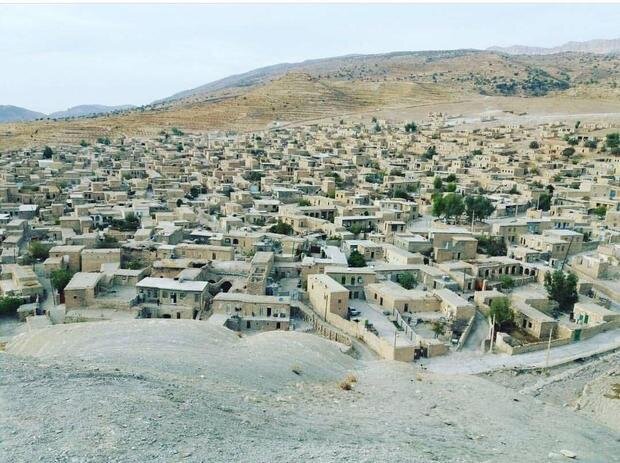Preservation plans unveiled for ancient village

TEHRAN – Fars’ tourism chief has announced plans to restore and preserve parts of the historical core of Dosiran village, located in Kazerun county of the southern province.
On Tuesday, Mohammad Sabet-Eqlidi highlighted Dosiran as a key tourist destination, noting its unique architecture partly dates back to the Islamic period.
The village is built on a rock plateau, which adds to its historical and architectural significance, the official said.
“The restoration and preservation of Dosiran’s valuable historical structures are now a priority,” Sabet-Eqlidi said, adding that efforts are already underway to restore historical façades across the village.
Dosiran is recognized for its rich cultural heritage and unique architecture, with some experts attributing its design to the Islamic era, although specific elements, such as arches and stucco work, suggest ties to the earlier Sassanid period.
The village, located approximately 120 kilometers from Shiraz and near the ancient city of Bishapur, features both natural and historical attractions.
Sabet-Eqlidi noted that Dosiran’s cobblestone streets have already been brought to life by restoration efforts in collaboration with the Housing Foundation of the Islamic Revolution.
“Now, the village seems like an open-air museum.”
The restoration project is expected to enhance Dosiran’s appeal to tourists, offering them a chance to rediscover the village’s deep historical roots, from ancient caves to its well-preserved architectural features, the official explained.
Fars province, located in southwestern Iran, is a region steeped in history and culture, renowned for its rich heritage and numerous historical sites. Often considered the cultural heartland of Iran, Fars is home to ancient cities, monumental ruins, and architectural masterpieces that reflect its illustrious past.
One of the most iconic sites in Fars is Persepolis, the ceremonial capital of the Achaemenid Empire, founded by Darius the Great in 518 BC. This UNESCO World Heritage Site showcases the grandeur of ancient Persian architecture with its impressive palaces, reliefs, and staircases.
Another significant landmark is Pasargadae, the tomb of Cyrus the Great, which is a testament to the early Persian Empire’s architectural ingenuity. This site also holds a UNESCO designation and is revered for its historical and cultural importance.
AM
Leave a Comment